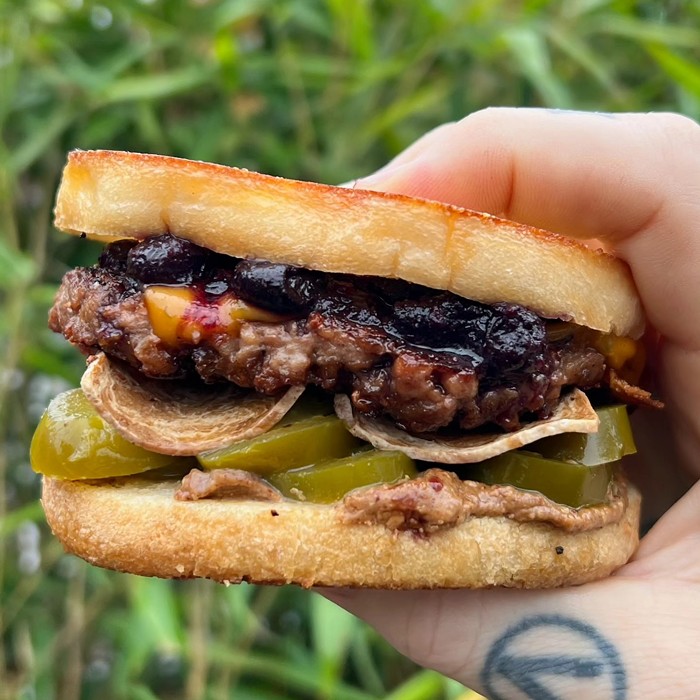RED, WHITE, AND ROSÉ are known as the holy trinity of wine. But fermented grape juice also comes in another form, rocking the party like an uninvited guest with a cool swagger and an air of mystery. Known as orange wine (nope, it's not made from oranges), it's taken off as winemakers and drinkers are tempted by its unusual qualities. In fact, its success has led to something of a backlash (the wine world, like any other human endeavor, is subject to fads and fashions). When the New York Post calls it the "new rosé," it's time for fervent writers and zeitgeist-sensitive sommeliers to move on to the next shiny object. The rest of us can be happy drifting in their wake, enjoying the fact that it's more accessible than ever.
The term "orange wine" is relatively new, though it's related to an ancient winemaking process that dates back thousands of years to what is now Georgia (unfortunately not the state, but the country). In essence, it's a wine that's made with white grapes, but produced in the style of a red. Normally white grape juice is separated from the skins, seeds, and pulp as soon as possible, but an orange wine encourages skin contact—anything from a few hours to months (there is no official requirement). The result is the black sheep of winemaking, a schizoid mix of red and white wine elements that transcends the sum of its parts.
Tasting an orange wine for the first time can be a confusing experience as your brain wonders what the hell is going on. It's more robust than your usual white, often intense, with complex flavors (typically herbal, nutty, spicy, citrusy; less fruit forward than whites). It will likely have tannins, as you'd expect in a red. Calling it the new rosé is a misnomer—rosés are far too easygoing and approachable, while orange wines need to be accepted on their own terms. They are best tasted with an open mind, a sense of intrigue, and a food pairing.
It's definitely not a wine for quaffing, and they honestly might not be to everyone's taste. But orange wines can be genuinely surprising, unlocking a world of new flavors and experiences—and then you'll wonder where they've been all your life.
Four to Try
Viola Ramato Pinot Grigio, 2015
Ramato means "auburn" in Italian, but this is made locally at one of Portland's urban wineries. Just 16 hours of skin contact so the tannins are light—it's an approachable gateway to orange wine.
Vino, 137 SE 28th, $19.95
Pheasant's Tears Mtsvane, 2011
A Georgian wine made from the Mtsvane grape and fermented in traditional qvevri, a clay vessel buried in the ground. Three months on the skins create an exotic smokiness, and flavors reminiscent of sherry. Good with chicken or grilled fish.
Division Wines, 3564 SE Division, $19
Fossil and Fawn Pinot Gris Black Label
A Willamette Valley wine that sits on the skins for more than two weeks. In the glass, it has the look of a sour beer—flavors are a lively combination of berries, herbs and plums.
1856, 1465 NE Prescott, $21
Trinchero Bianco A-iuto!, 2010
Northern Italy is a traditional home for orange wine. This example is unfiltered; cherry and pineapple flavors combine with minerality and tannins that rest in the mouth.
Europa Wine Merchant, 1111 SW Alder, $31.50


















